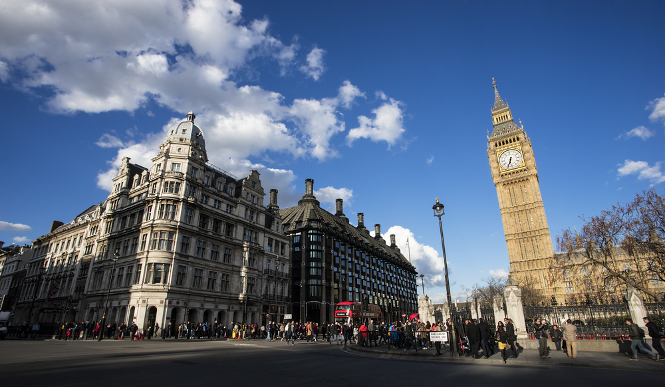
Mike Bracken’s unexpected departure from the Government Digital Service (GDS), the unit that has championed digitisation over the course of the last parliament, has thrown into question the direction of IT usage throughout Whitehall.
The executive director has been seen by some government commentators and suppliers as a pioneer of many of the successful initiatives to sell digital to departments across government, including Gov.uk, G-Cloud, and more latterly government-as-a-platform.
Whilst Bracken’s exit did appear surprising to many, it actually came as a number of schemes wound up at the end of the parliament, including the collecting of departmental websites under Gov.uk, and various "exemplar" programmes covering a variety of IT functions.
Only 15 of these schemes, which GDS built over 400 working days (80 weeks), were completed by the March 2015 deadline, just as Whitehall was winding up for the general election. The intent was that they would be better than those currently in use, encouraging civil servants to switch.
Jessica Figueras, research director at Kable Market Intelligence, told CBR: "Bracken has done in many ways what he set out to do."
In her view Gov.uk and G-Cloud are unlikely to be reversed in his absence. But what could change is the government-as-a-platformagenda, which involved centralising IT resources for use across departments.
"I wouldn’t be surprised if the Treasury had decided not to grant approval [for funding to continue the work]," she said. "Not because it’s not a good idea, but because it’s a very long-term programme."
But not all agree that GDS’s strategy under Bracken was successful.
As Mark Thompson, strategy director of the Methods Group technology consultancy, puts it: "GDS’s focus on building things ended up being some distance away from the published IT strategy [of the government]."
What he means by this is that the idea of a diversified pool of resources founded on the ideals of the open source model, where everybody pitches in and builds without much central control, is not what was realised. Instead, he argues, GDS’s government-as-a-platform initiate ended up being an archetype of Whitehall control.
Back to the future
Successful or otherwise, whether the scheme leaves with Bracken remains to be seen. The election of a Conservative government has brought demands for cut backs to Whitehall, and the Cabinet Office which sits over the GDS is under pressure to make sacrifices from the Treasury.
The exodus of staff in the wake of the executive director’s departure has also placed more emphasis back on the half of GDS embodied by Liam Maxwell, who is contracted to remain as its chief technology office until 2018.
As such some expect the centralisation allegedly in evidence under Bracken will be overturned in the next parliament. Figueras notes that GDS put a lot of people into various departments over the last parliament, in itself a move away from a hefty "department of digital".
Thompson reckons the cuts were a long time coming. "My reading of this was that it was almost inevitable, because GDS has been getting bigger and bigger," he said, citing the extensive hiring of developers within the unit to build all the IT services.
However rumours of budget pressure are in contrast to remarks Bracken made to Computer Weekly this week in which he claimed to turn down more offers of more money from the Treasury in 2014. But he remains confident his programmes will continue.
"We need to create an argument for government-as-a-platform so we have platform plays rather than doing everything in hundreds of silos," he said. "And that’s what we’ve done."
In this his view tallies with Figueras’. "I think the significance in terms of what GDS does every day is not as great as has been reported," she said. After the appointment of Stephen Foreshew-Cain, former chief operations officer at GDS, we will soon find out.






